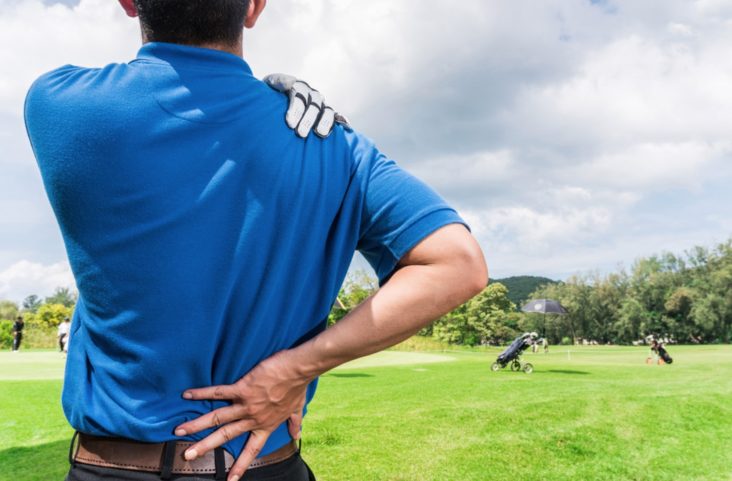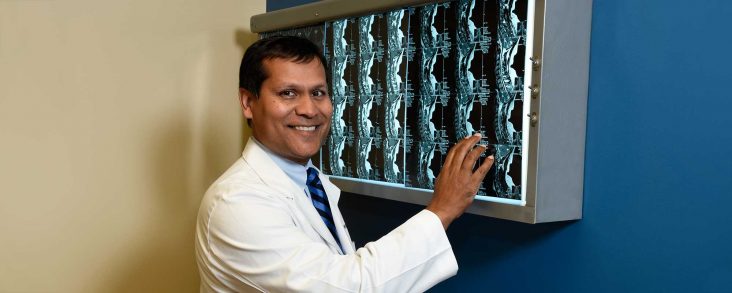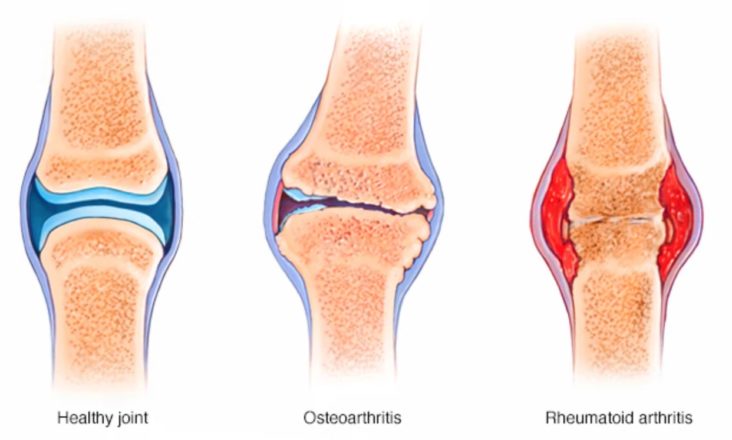Our journey into understanding back pain begins at the dawn of civilization when humans first stood upright. Our sacroiliac joints, which rest vertically between our pelvis and our spine, were the key to allowing us to bend forward, walk with a bi-pedal gate, and walk upright.
Mother Nature, however, designed these kidney-shaped sacroiliac joints to carry all the weight of our upper body. Four-legged animals do not share the same issues. Horses distribute weight amongst all four legs, and thus, the joints are not weight-bearing. Humans tend to place significant stress on the sacroiliac joints, especially if there is a direct impact due to a fall.
Between thirteen to thirty percent of lower back pain develops from stress or sheer force to the sacroiliac joints and the ligaments that surround them. Gravity works to put pressure on the sacroiliac joints, but injury and other issues have a significant impact on the pain we experience.
Lower Back Pain Causes
The medical community classifies back pain as acute or chronic. Acute pain is short-lived and may repair itself. When pain lasts longer than three months and returns over time, you are suffering from chronic pain. You’ll find some causes of back pain listed below:
- If you aren’t in good physical condition and engage in heavy lifting or twisting, the strain on your back can cause muscle strains or spasms. Other causes that strain the muscles include a fall, childbirth, or a car accident.
- There are discs between the vertebrae of your spine. If the soft material of the disc bulges or ruptures, it can press on a nerve and cause severe pain.
- Arthritis located in the spine can cause pain in the lower back by narrowing the space around the spinal cord.
- Scoliosis is a condition where your spine curves to the side. It usually occurs in middle age and will cause back pain.
- If the vertebrae in your spine are porous or brittle, you’ll experience compression fractures, which cause back pain.
Practicing Prevention
Developing back pain occurs in people of all ages, although it is more common among seniors. If you focus on prevention, however, the chances are higher that you’ll avoid back problems, or at least recover more quickly.
Your back and abdominal muscles act like a corset to protect the soft and hard tissues of the vertebral discs, joints, and ligaments. Walking and swimming are low-impact exercises that strengthen these muscles. Weight-bearing exercises help lubricate the joints, which lessens the friction between them. Being overweight impacts the probability that you may strain your back muscles, and thus, a healthy diet will lower your weight and help prevent back pain.
Focus on your posture to keep your back muscles from experiencing any stress. If you have to stand for a long time, place one foot in a slightly elevated position. Concentrate on sitting in a seat with excellent lower back support. Be sure to stretch your hamstrings, which keeps the stress off your lower back. When you have to lift something substantial, keep your back straight and bend at the knees.
Lower Back Pain Treatment
Some studies indicate that back pain will affect ninety percent of the US population. If you are involved in a fall or accident, no amount of prevention will allow you to avoid the resulting back issues.
Most back pain clears up on its own or by following smart remedies at home:
- Applying heat or cold depends on the type of back pain you have. If you use cold treatment quickly after an injury, it can reduce nerve activity, pain, and swelling. At the same time, cold treatment may not be as effective for back pain since the tissue that is inflamed lies below other tissues and far from cold therapy. Heat is useful for spasms, but it also depends on the depth of the muscles affected by the pain or injury. Continuous low-level heat has more positive results for chronic pain.
- Continue with your regular activities when you have low back pain, and when it is time to rest, lie on your side and place a pillow between your knees to alleviate the pressure. It is better to keep moving and avoid long periods of rest, which may cause your muscles to tighten up.
- Medications from over the counter pain relievers to stronger prescription drugs provide relief and may reduce inflammation. Topical creams and ointments may help, as well as injections of cortisone.
Lower Back Pain Exercises
Exercise is an effective medicine for alleviating back pain. The gentle exercises recommended below stretch those muscles that tend to be tight when you have lower back pain, and they focus on strengthening the muscles, usually expected to be weak in the same situation.
Always warm-up before you begin stretching your muscles, and communicate with your doctor so that you know which exercises are the best ones suited for your condition.
- Toe taps strengthen your lower abdominal muscles so that your lower back won’t tighten up. Lie on your back with your knees bent and your feet on the floor. You want to alternate bringing each knee to your chest and then returning your foot to the floor.
- Bird dog is an exercise that mobilizes your lower back. Situate yourself on all fours, and alternate extending one leg while simultaneously extending your opposite arm. It is essential to keep your spine in a neutral position.
- The bridge exercise also mobilizes your lower back. Lie on your back with knees bent and your feet on the floor. Lift your hips off the floor until your shoulders, hips, and knees are in a straight line. Then lower your hips to the floor before repeating.
- Tight hamstrings cause and exacerbate lower back pain, and stretching them will alleviate the pain. Lie on the floor with your knees bent and your feet on the floor. Loop a towel under the ball of one foot, straighten your knee as you slowly lift your leg into the air.
- A spine stretch alleviates back pain and provides extra relief. Lie on your back with your knees bent and your feet together. Roll your knees to one side as you keep your shoulders on the floor. Your pelvis will follow your knees to each side. Return to the starting position before you repeat it on the other side.
Take the Next Step in Alleviating Your Lower Back Pain
Mother Nature didn’t necessarily design our bodies optimally so that we could easily avoid lower back pain, but it doesn’t have to be debilitating. With home exercises and fostering a healthy lifestyle, most lower back pain issues will only last a few weeks. Contact Dr. Kushwaha today for a consultation on the best plan going forward to alleviate your lower back pain.







